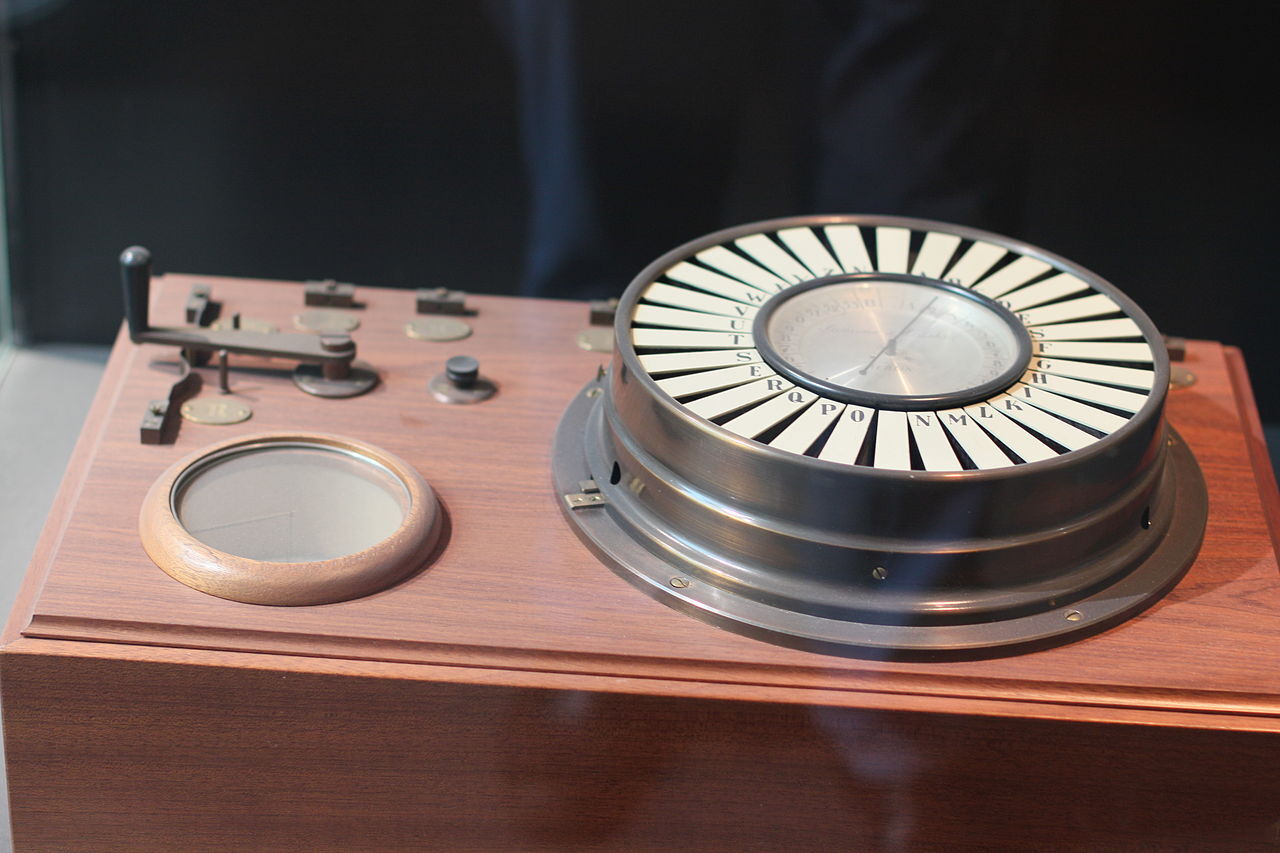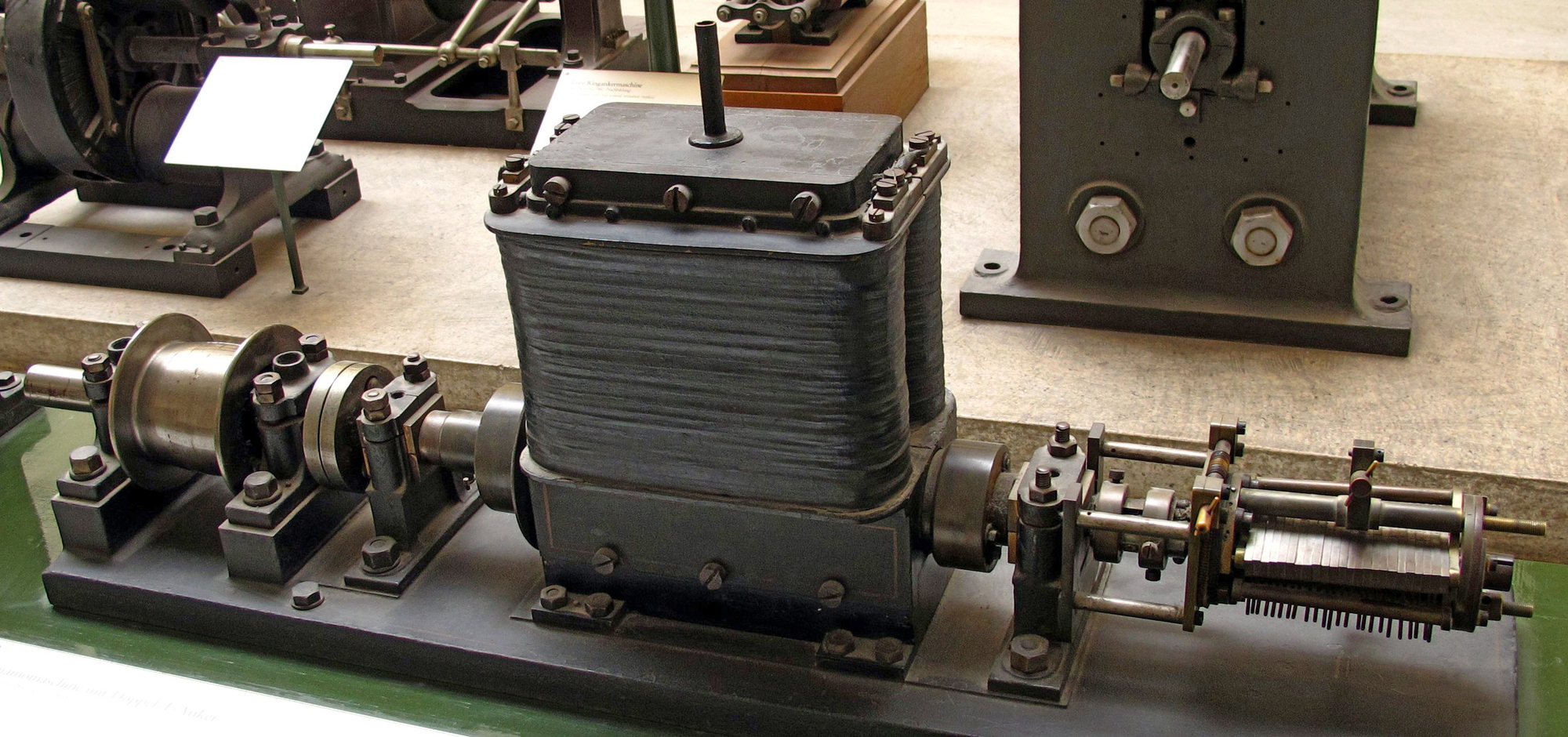Icons of EE: Werner von Siemens
The 19th century was host to some of the largest scientific advances. Hence it is only fitting that, within the topic of Icons-of-EE, we focus on perhaps the largest topic, the electrification of the world. The previous article introduced George Westinghouse, a proud American and provocateur of AC-power. His War of the Currents was originally driven by the need to light up the world. But the availability of electricity also provided the means for other applications.
On mainland Europe, the War of the Currents was less intensive, but innovations were made nonetheless. In fact, there were many inventions and inventors driving the developments in the US. Whilst this War of the Currents was raging around the end of the 19th century, Werner Siemens, the 4th son of a German farmer, already started working on electrical inventions halfway the century. This was surprising, because unlike today, it was not common for all children to enjoy formal education, especially not for large families. Since Werner had 13 siblings in a family of farmers he could not follow a complete education. Werner and his older brothers did receive primary education. After that, Werner enjoyed a short-lived time at the Gymnasium of Lübeck, which was cut short after one year. Nevertheless, Werner developed a strong liking for mathematics and sciences during this time.
A next logical step was to proceed studying. Werner decided this would be at the Bauakademie in Berlin, but money, or the lack thereof, made it impossible to complete his study. Instead, he joined the army in the hopes of obtaining free education there. This is why he signed up for the Artillery department where new recruits got a basic education regarding artillery and engineering. He enjoyed learning about science and started experimenting on his own. By 1840 he had devised a method for galvanic gilding which granted his first patent. As the Siemens parents passed away early in life, Werner and his brothers grew a strong connection, both regarding family and business. That is why his brother Wilhelm traveled to England (where he adopted the name William) in an attempt to sell Werner’s invention. Meanwhile, Werner shifted his attention to an entirely new topic: telegraphy.
Pointer Telegraph
In England, people had started working on transmitting messages blazingly fast and without the use of paper or couriers. This electric telegraphy technology was state of the art, but could still be improved upon. Which is exactly what Werner did with the invention of the pointer telegraph. Charles Wheatstone and William Cooke in the UK had been working on a prototype a decade before, but the Siemens version made significant improvements making it a viable device. This new type of telegraph (see figure 1) would rotate an arrow around the letters of the alphabet and stop at the intended letter, speeding up transmissions over the traditional Morse code. The idea was purely theoretical however and for it to be profitable Werner had to sell physical objects. He lacked the know-how to create the device himself, but found what turned out to be the perfect partner: Johann Georg Halske. He was able to build the device and proved vital to the success of a company that would later be called “Telegraphen-Bauanstalt von Siemens & Halske”. Werner convinced the Prussian (precursor of what is nowadays known as Germany) army to install his pointer telegraph on their first telegraph line from Frankfurt to Berlin. In fact, their company landed the monopoly position to provide the Prussian army with all of their new telegraph lines, until the unfortunate moment when the plant-based insulation around their underground telegraph wires started to deteriorate and performance of the communication dropped. The Prussian army dropped all of the contracts and Werner had to find business elsewhere.

Figure 1: A replica of the original Siemens pointer telegraph. ©Bin im Garten / Wikimedia Commons / CC-BY-SA-3.0
He found a new opportunity in Russia, which was lagging in the area of telegraphy. Once again, the Siemens & Halske company was able to land a monopoly, with the help of another of Werner’s brothers: Carl Siemens. Since Russia decided to go to war with most of its neighbouring countries, business was booming as the army had a large budget to spend to gain the upper hand in their battles. To further extend the business, the company started working on submarine (underwater) cables to further connect the world. This was a difficult and riskful process with many things that could go wrong.
Dynamo principle
In the meantime, Werner continued to work on innovations in science. In 1866, he came up with a significant improvement on the operation of the electric dynamo. His design overcame many practical limitations that kept the dynamo from being practically viable. With his invention, Werner built upon the work of Michael Faraday, but he was not the first to create this exact improvement. Six years prior Ányos Jedlik, a Hungarian priest, had already applied the same principle to generate electrical power, namely: self-excitement [1]. The same principle was also independently applied by two British scientists: Samuel Alfred Varley and again Charles Wheatstone. Nevertheless, Werner was able to bring the idea to fruition using his established Electrotechnical company to bring the machine to the public.
This new dynamo was based on the principle of self-excitement. By now, it is common knowledge that if an electric conductor moves through a magnetic field, an electric current is created. Initial designs applied Faraday’s law of induction and used permanent magnets to create a (relatively weak) magnetic field. With self-excitation, Werner was able to create stronger magnetic fields with the currents generated by the rotor rotating in the original magnetic field. A stronger magnetic field induces larger currents which would ultimately lead to the saturation of the iron core of the magnets. The yield with the strong magnetic field of a saturated core was significantly higher than previous designs and significantly cheaper, meaning that it was finally viable to transform mechanical energy into electricity. This in turn would start the electrification of the world.

Figure 2: A replica of the Siemens dynamo. The central unit is the electromagnet forming the stator. ©Dmm2va7 / Wikimedia Commons / CC-BY-SA-3.0 / GFDL
If this dynamo was the first viable method of producing electric power, one might wonder how telegraph machines, such as the Siemens Pointer telegraph, were powered before this invention. Prior to these dynamo’s the primary source of electrical power were low capacity and, more importantly, expensive batteries. The possibility to replace these batteries was therefore a welcome one.
Besides his meaningful new inventions, Werner still pursued the submarine cable business, much to the dismay of his partner Halske. Eventually their difference of opinion on this matter prompts Halske to leave “Telegraphen-Bauanstalt von Siemens & Halske” which means the company is now entirely owned by the Siemens family. Regardless of their difference in opinion on business matters, Werner and Halske remain friends after Halske’s leave. The installment of submarine cables does prove troublesome but after some losses (some of which can be contributed to competitors sabotaging the cables), the projects turn out profitable which also profited Werner personally.
Berlin’s eminence
With his newly acquired wealth, Werner bought some real estate both in the busy capital Berlin as well as in the peaceful Prussian countryside, to escape the busy city life. Werner owned a ‘country house’ in Charlottenburg, a rural part of Berlin at the time. In fact, this house was the first privately owned German residence to be lit by electric lighting, all powered using Werner’s dynamo invention. This was a large achievement, and was a great reason to throw a party, but Werner primarily noted some practical advantages: “The electric lighting proved itself superbly. […] But the most important thing was that the temperature remained pleasant to the very end of the party, while with gaslight we used to have to ventilate the room every half hour.”
His position as the head of a large company and his technical innovations allowed him to get in contact with the higher class of Berlin and in particular the prominent scientists of the time, among which: Hermann von Helmholtz and Gustav Robert Kirchhoff. His friendship with these two scientists underlines that unlike George Westinghouse, Werner von Siemens prioritised engineering over business.
To that end, Werner tried to implement a revolutionary elevated train (monorail) through Berlin. Unfortunately for him, people were not fond of this idea, especially as it might affect the value of their real estate. So instead Werner started the development of electric trams on ground-level, which were launched in Germany’s capital in 1881. The streetcars could transport 16 people as they were driven by a DC-motor operating on 180V supplied through the rails. People were amazed by this new electric means of transport without clouds of steam hinting at a steam engine driving the car. Little did they know that right next to the tracks was a steam-generator supplying the electricity for operating the streetcar [3].
To further progress science Werner and his friend Helmholtz wanted to establish an institute for physics and technology that was not focused on academics, but on the development of new technologies instead. To speed up this process, Werner offered a large sum of money to the Prussian government to build such an institute close to his country house in Charlottenburg. It took some years, but in 1887 the ‘Physikalisch-Technische Reichsanstalt’ (Federal Physical Technical Institute) was founded. Helmholtz became the president of the institute, Werner on the other hand was awarded the class of German nobility by the German Kaiser Friedrich III. This nobility status meant that Werner’s name would now become Werner von Siemens, where the suffix indicates his newly acquired status. Nevertheless, Werner was not impressed with this honour, especially since he found out whilst reading a newspaper [4].
Werner was by no means delighted at the honor, especially because nobody had asked him in advance – and he only learned of his elevation to the nobility from the newspaper.
—Siemens Historical Institute [4]
Throughout his lifetime, Werner von Siemens made many innovations, most notably he was able to create a practically feasible dynamo which was able to power many of his other inventions. His knowledge was a strong basis for many innovations from the 19th century, both within his own Siemens & Halske company as well as throughout the rest of the world where entrepreneurs such as George Westinghouse were able to apply it to solve their own problems. Now, the unit Siemens may not be the most popular unit, the man behind it, Werner von Siemens sure left a large impression on the world.
For future reading and more information regarding the life and inventions of Werner von Siemens, view the official Siemens website and this interactive page.
[1]: Hungarian Intellectual Property Office, “Hungarian Inventors and Inventions - Ányos Jedlik”, Budapest, https://www.sztnh.gov.hu/en/hungarian-inventors-and-inventions/anyos-jedlik (date accessed: 26-03-2020).
[2]: W. Maver, “American Telegraphy and Encyclopedia of the Telegraph: Systems, Apparatus, Operation”, 1903.
[3]: S. Dittler, “A detour to success: The world’s first electric streetcar”, Siemens Historical Institute, Berlin.
[4]: J. Bähr, “Lifelines Werner von Siemens”, Siemens Historical Institute, Berlin, 2016.
© Cover image: Siemens Historical Institute
